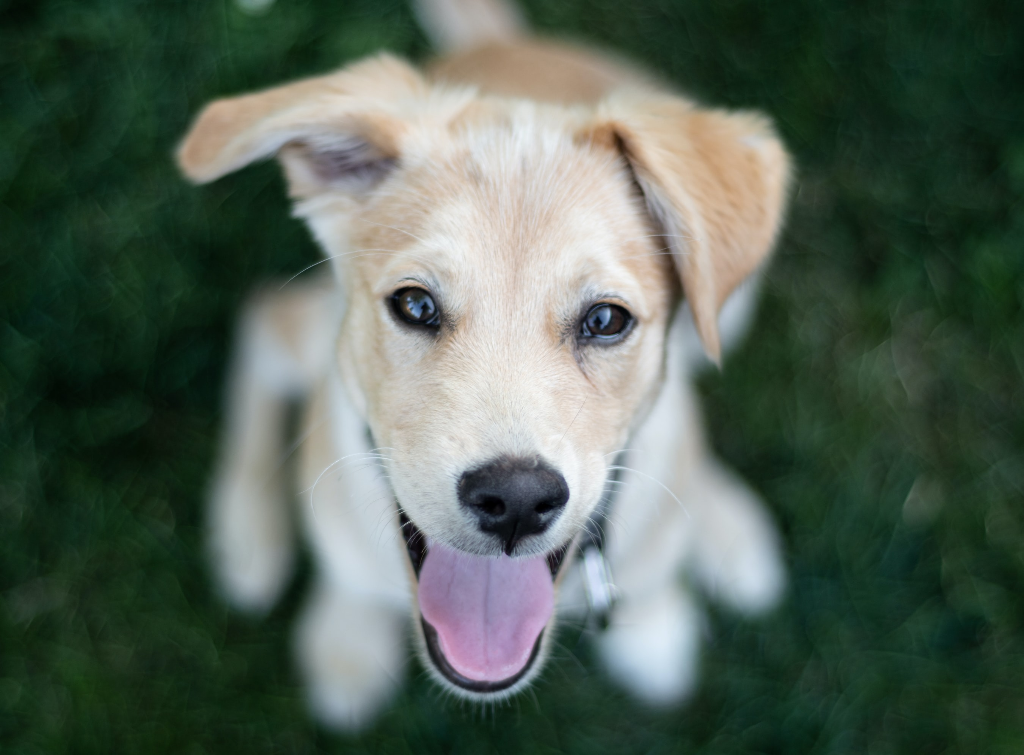This is meant to be a checklist of sorts for caring for a litter of puppies and their mom. If you are just caring for a new puppy, please see our article for new puppy care here.
Prior to delivery (Gestation is 58-63 days after breeding)
Environment
A whelping box is best for the whelping and postpartum period and should include a shelf around the edge that helps prevent the mother from accidentally smothering a puppy. The whelping box should be in a safe, clean, dry, quiet area to minimize stress. There are numerous plans available online that can help guide you in building something for your space.
All mothers should be isolated from other dogs for 3 weeks prior to delivery to prevent spread of the Herpes virus.
Procedures
Continue giving the mother heartworm prevention. You can also continue her pregnancy safe flea prevention. Your veterinarian can guide on the best flea product for your dog. It is also recommended to give the mother dewormer prior to delivery. She can pass hookworms and roundworms on to the puppies.
Diet
The mother should also be fed a balanced and complete dog food that is made for all life stages. She will need an increase in her calories after 35 days of pregnancy. You can start with a 25% increase. She will gain weight during the last half of pregnancy but you should monitor to ensure that she does not become overweight.
Veterinarian
The mother should ideally have received vaccinations prior to breeding, but if not then it is best to wait until after the pregnancy.
Radiographs can be completed at or around 45 days of gestation to confirm pregnancy and count the number of puppies.
Possible Complications
Watch for the mother being lethargic or having abnormal vaginal discharge prior to her due date.
Do NOT give supplements, especially calcium, this can cause very serious complications after delivery and may affect the puppies.
Delivery
What to look for
Changes that you may see that indicate impending labor:
- Behavior changes at 0-7 days before
- Nesting behaviors at 12-24 hours before
- Mammary secretion at 0-14 days before
The more reliable (but can still vary between every dog) is a rectal temperature change. When the rectal temperature drops below 100F labor will usually start within 24 hours.
There are two stages to delivery. The first usually lasts for 6-12 hours. This is when uterine contractions start but there is no abdominal effort (or pushing). There may be a decreased appetite, restlessness, shivering, panting or vomiting.
The second stage is when the puppies are delivered. This stage is when the mother should start pushing. The first puppy will usually be delivered within the first hour and there should be puppies born every 2 hours. The mother may rest between puppies but once she starts pushing there should be a puppy delivered in 30-60 minutes. It is normal for up to 40% of puppies to be born tail first.
Possible Complications
Most dogs can deliver with minimal intervention. It is important to monitor the delivery so that if you see concerning signs you can address them quickly.
- No labor >70 days after breeding
- Abdominal contraction for >1 hour with no puppy being delivered
- The mother rests for more than 2 hours
- The mother is very painful, lethargic or weak
- Any green, black or pink vaginal discharge without any signs of labor
- Labor does not start within 24 hours of the mother’s temperature dropping below 100F
Birth
What to look for
Once the puppy arrives it should be groomed by the mother to remove the amniotic sac and stimulate breathing. This should be done within the first 2 minutes of birth. If she does not do this then remove the sac and stimulate the puppy with a warm towel.
Possible Complications
- A puppy is weak
- Puppies are not grunting or making any noises
- Puppies are not wiggling and trying to get closer to each other and mom
- Puppies that will not latch on and nurse or get pushed away from the mom when trying to nurse
Puppy Stage 1: 0-14 days
Environment
The puppies should pile together in the whelping box near the mother. This helps them maintain their temperature. The mother should take care to not step on the puppies.
The mother should stay in or very close to the whelping box and the puppies during this week. She should allow them to nurse frequently. The mother may be much more protective during this time.
Diet
You should leave clean, fresh water and an “all life stages”, commercial dog food available at all times at or near the whelping box for the mother.
Procedures
The puppies should be weighed twice daily on a small gram scale. Keep track of their weights.
The first deworming should be done at 2 weeks of age.
What to look for
Watch for any weak puppies that are not a active compared to their littermates
Watch the mother for good maternal behavior. If she is neglectful of the puppies you may need to intervene.
Watch the mother for lethargy, vomiting or poor appetite
Possible Complications
All the puppies should gain 5-10% of their weight each day. If not then you need to ensure that the puppies are all getting to completely nurse at every offering. Sometimes, especially in large litters, smaller puppies can get pushed away from nipples by the littermates.
Puppy Stage 2: 3-4 weeks
Environment
The mother should start to venture further from the whelping box more. She should still frequently go to the box and spend time with the puppies, allowing them to nurse regularly.
The puppies can be introduced to children and other fully vaccinated, dewormed, healthy dogs and cats to begin socialization.
Diet
Continue diet from stage 1.
Procedures
The puppies should be weighed once daily.
The second deworming should be completed at 4 weeks of age.
Possible Complications
Poor weight gain in the puppies (Less than 5% weight each day)
Intestinal parasites
Puppy Stage 3: 4-6 weeks
Environment
The puppies will become more active in these weeks.
Socialization should be continued by allowing the puppies to be around children, adults, other healthy animals, surfaces (grass, concrete, gravel, carpet, etc) and noises.
Procedures
They should receive dewormer at 6 weeks and their first vaccination.
Continue to weigh daily.
Diet
You can start offering them a gruel of puppy formula and puppy food at week 4. You can offer it 3 - 4 times daily in between times when the puppies are nursing.
Mixture amounts
- Week 4: 75% formula + 25% puppy food
- Week 5: 50% formula + 50% puppy food
- Week 6: 25% formula + 25% puppy food, in addition offer small amounts of dry puppy kibble
The mother can start to return to her regular feeding schedule as the puppies start to wean.
Puppy Stage 4: 6-8 weeks
Environment
Puppies can go to their new homes at 8 weeks of age.
Diet
They should be fully weaned and eat dry or canned commercial puppy food 3-4 times daily.
Veterinarian
Puppies will need to have at least 3 sets of vaccinations, every 3-4 weeks to be fully vaccinated. These vaccines include DAPP (the distemper, parvo combo), Kennel Cough and eventually Rabies once they are over 12 weeks of age. They should also be started on a monthly flea and heartworm prevention at 6-8 weeks as well.
The puppies should have at least once fecal checked between 6-10 weeks of age to check for intestinal parasites.
For more information on preparing for your new puppy and what to expect after 8 weeks see our article here.

